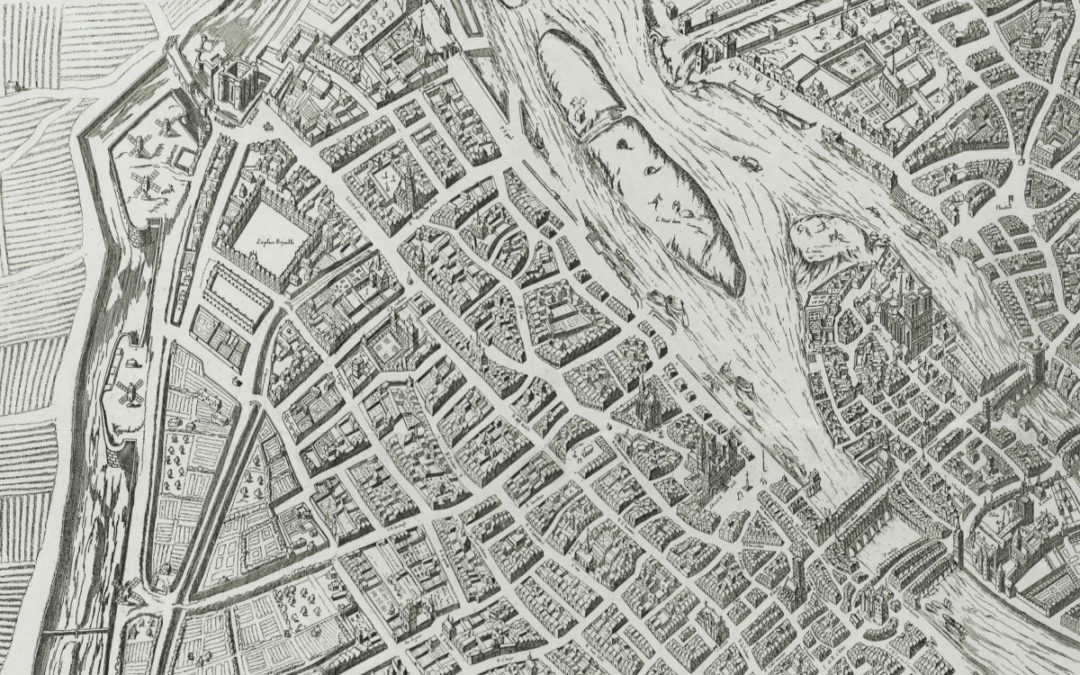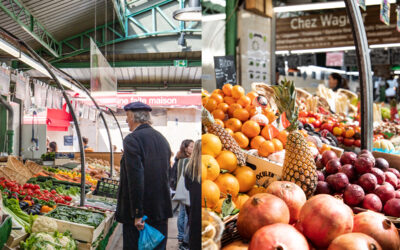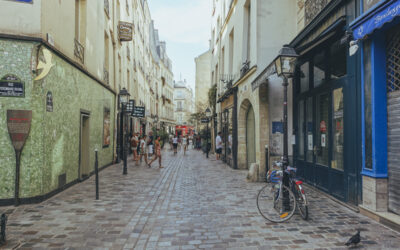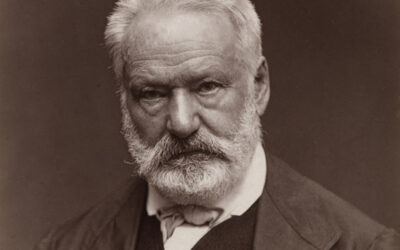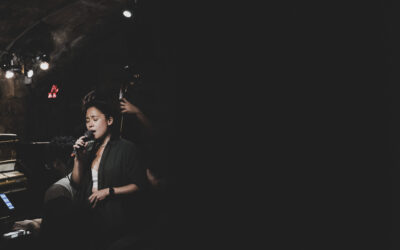Extract from the Quesnel plan – 1609
Everyone knows the Place des Vosges, its galleries, its square. But who knows – still in the Marais – the Place de France? Also wanted by Henry IV, remaining unfinished after the latter's death, it nevertheless left its mark in our neighborhood; without always knowing it, we even regularly survey its contours.
It was in 1608 that the project was born to create a new square, the third of this type after Place Dauphine and Place Royale (our current Place des Vosges). It is then a question of "vitalizing", to the north-east of the capital, a vast space wedged between the Parisian wall and the Temple enclosure, an area until now devoted mainly to market gardening. To do this, the State decides to create, in addition to the place itself, new streets, new buildings and to mix them, according to a method of operation which has proven itself at the Place des Vosges, royal administrations, homes , arcaded galleries and shops.
Requested, the Temple cedes the plot. As always in this type of town planning operation, the crown designs, orders, decides, but it is private financiers who take charge of the work to generate income, through the resale of private mansions, or boutiques for substantial profits. . Under the leadership of Sully, the project plans to create a new monumental gate, open in the medieval enclosure and seven identical pavilions around a semi-circular square. It is also planned, to access the square, to trace eight streets arranged in a star pattern.
Supporting its north-south axis on the existing rampart as well as on rue de Turenne, the square, with a diameter of 153m, is called “de France” and honors the different provinces of the Kingdom.
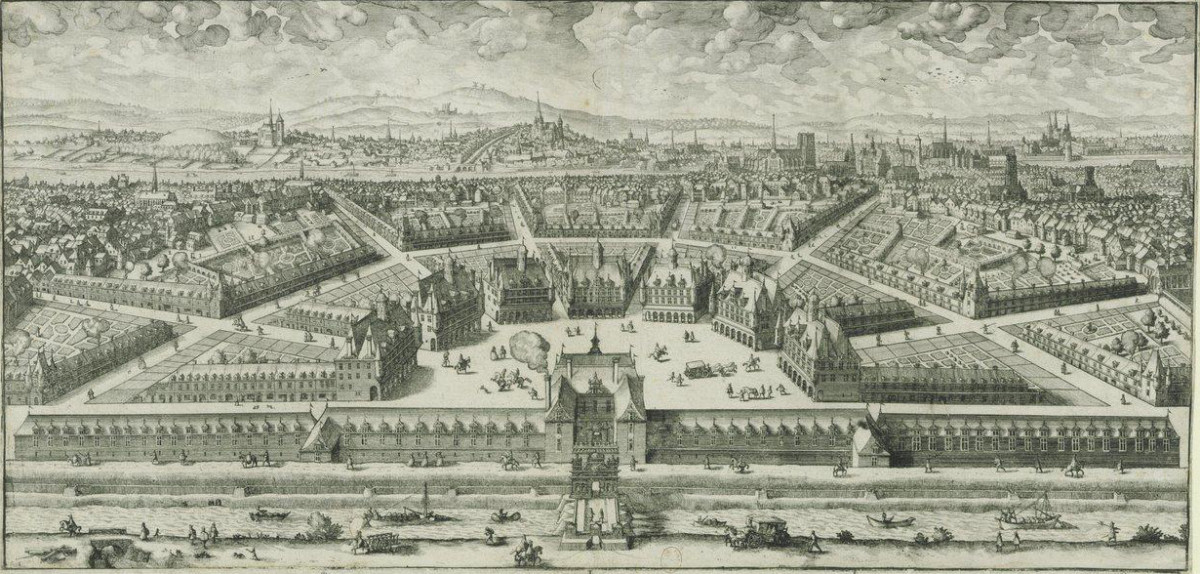
Project for the “Place de France” in 1610, by Claude Chastillon
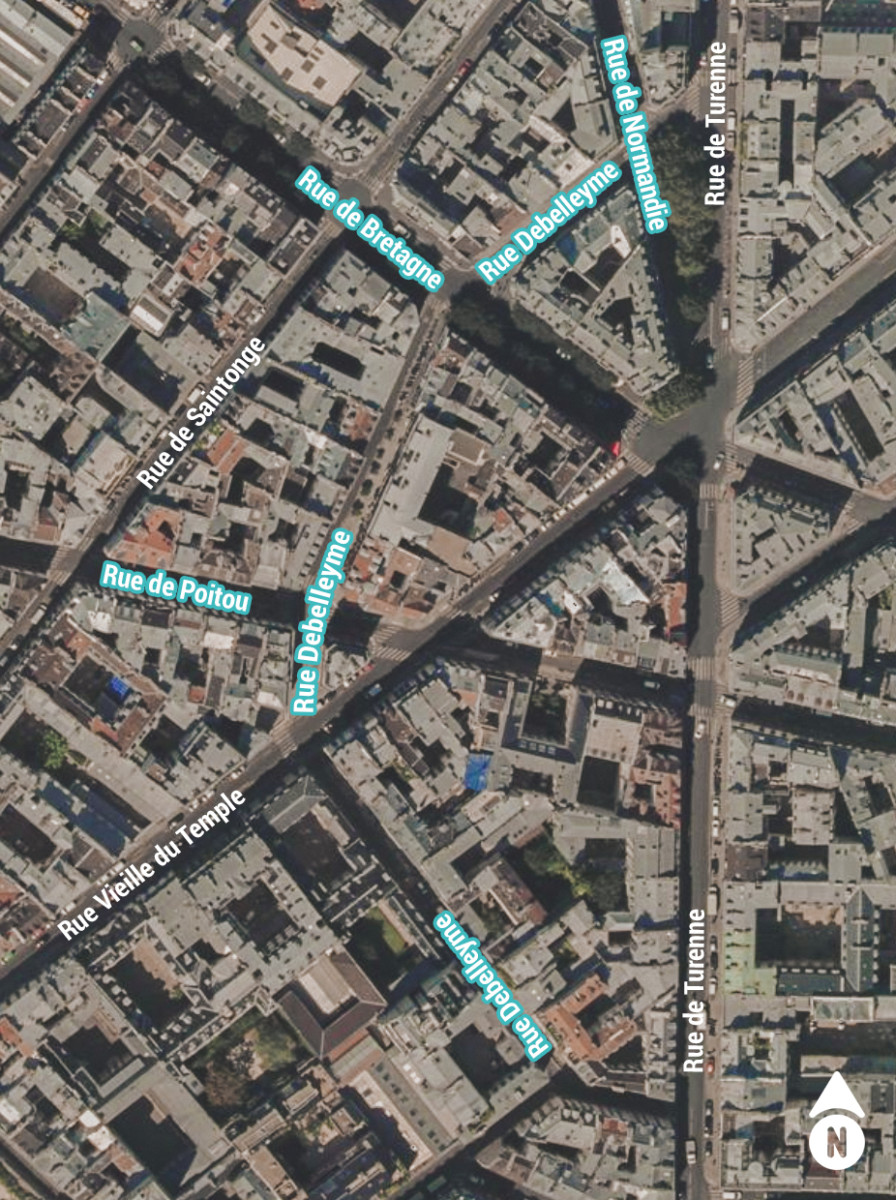
The new arteries traced and for certain breakthroughs, thus bear the names of Poitou, Brittany, Burgundy, Picardy, Dauphiné, Provence, Languedoc and Guyenne. Behind the square, arc-shaped streets were also designed to facilitate traffic (rue Debelleyme evokes this perfectly today).
The death of Henry IV unfortunately interrupted the work. None of the planned buildings are rising from the ground and the “France” gate is not open in the rampart either. However, the impetus is given to this hitherto neglected corner of the Marais. Market gardeners, owners, convents in turn cede the plots of land they own. Instead, other streets, other hotels, other shops, a whole new neighborhood are emerging. The “investors” are having a field day (even then!). Among these, let us at least remember the name of Claude Charlot: the street which bears his name intersects the very attractive Rue de Bretagne, one of the eight arteries which could have led to our ghost square...
FOR PASSIONATES OFUS
The Enfants Rouges market, everyone loves it
Restaurants. Merchants (fruit and vegetables, cheese, fish, flowers, etc.). And a photo store. All backed by Comme un roman, one of the most beautiful Parisian bookstores, on rue de Bretagne. In short, food for the body and...
The Marais Jewish quarter in Paris
From the 13th century, the Marais was home to a Jewish community which remained there until its expulsion in the 14th century. Fleeing poverty and persecution, Jews from Eastern countries and those from Alsace settled there in the 19th century. Around rue des rosiers and Place Saint-Paul renamed Pletz…
Victor Hugo, the writer with a thousand talents
Born in 1802, Victor Hugo became a social writer, a playwright, a poet, a novelist and a romantic designer. Nicknamed the man-ocean then the man-century, he is a political figure and a committed intellectual. He found success with Notre-Dame-de-Paris in 1831 and with Les Misérables in 1862.
NOW ON THE MOOD MARSH
Jazz at 38Riv: The highlights of May
The only jazz club in the Marais, 38Riv is the temple of cool and swing. Rue de Rivoli, between Saint-Paul and Hôtel de Ville, its vaulted cellars are the home base of the new jazz scene. Every evening, the magic happens.
The Enfants Rouges market, everyone loves it
Restaurants. Merchants (fruit and vegetables, cheese, fish, flowers, etc.). And a photo store. All backed by Comme un roman, one of the most beautiful Parisian bookstores, on rue de Bretagne. In short, food for the body and...
The Marais Jewish quarter in Paris
From the 13th century, the Marais was home to a Jewish community which remained there until its expulsion in the 14th century. Fleeing poverty and persecution, Jews from Eastern countries and those from Alsace settled there in the 19th century. Around rue des rosiers and Place Saint-Paul renamed Pletz…

